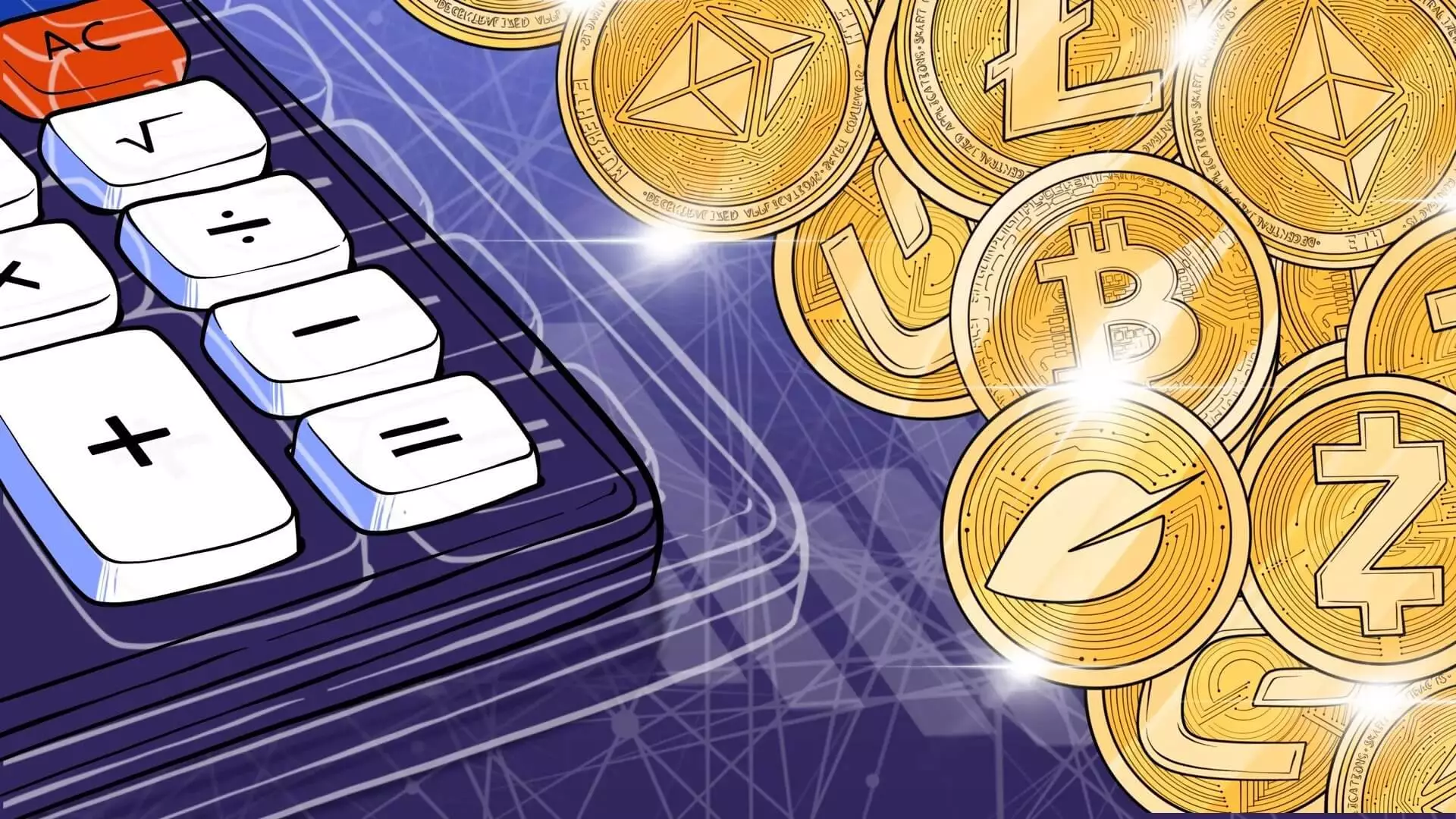Bitcoin (BTC) appreciated by 837% in dollars over a 12-month period, according to data from the brokerage firm, Coinbase. On March 20, 2020, while the world was suffering the first consequences of the spread of new coronavirus, the crypto-active was quoted at US$ 6,198.78. A year later, on March 19, 2021, the currency hit US$58,126.10.

The strong rally drew even more the attention of investors, including institutional ones, because the global economy was hit hard by social distancing measures. In 2020, the Gross Domestic Product (GDP) of 157 countries dropped, on average, 8.8 percentage points.
Following this trend, important indices of the world market, such as the New York Stock Exchange (NYSE), Nasdaq, Tokyo (Topix), Shanghai (SSE) and Europe (Euronext) registered a drop of up to 30% in the trading volume in the first weeks of the health crisis.
The resumption of trading on all exchanges was slow. It took Topix and Nasdaq three months to recover the same level as before covid-19, while the NYSE and SSE needed six.
On the other hand, the trading volume of the Bitcoin grew 603% in 12 months. This, together with the appreciation of the cryptocurrency, boosted the asset’s capitalization to reach the record mark of US$ 1 trillion.
What explains the rise of Bitcoin?
Bitcoin was created just over 10 years ago and has always been an extremely volatile currency. However, in the last year, the crypto-active found a series of factors that provided a perfect scenario to test the BTC’s resilience as a store of value and economic protection, a role traditionally occupied by gold and the dollar.
Inflation risk for Cryptocurrency
Investors are looking for an asset to keep themselves protected against an uncertain future. The injection of trillions of dollars into the global market to try to reverse the economic crisis caused by the pandemic tends to generate an increase in prices and currency devaluation, which can be a bitter side effect for the economy.
The inflation risk, however, does not exist for Bitcoin. Crypto-active inflation is fixed at 1.76% per year, which corresponds to the creation of 6.25 new Bitcoins for each block mined, or about 144 BTCs per day. This payment is halved every four years, a mechanism known as halving.
For crypto trading professionals, Cryptocurrency news is very important to know about all new trends and techniques. So, check out The Next Bitcoin to be aware of latest crypto news.

Bill Foulkes is a business blogger who specializes in writing blog posts for small businesses. He has been blogging for over one year and does not use any ghost writers to help him with his work. Bill enjoys reading books on self-development and entrepreneurship, as well as watching YouTube videos on how to improve your life. When he’s not working, he likes playing video games and hanging out at the movies with friends.










